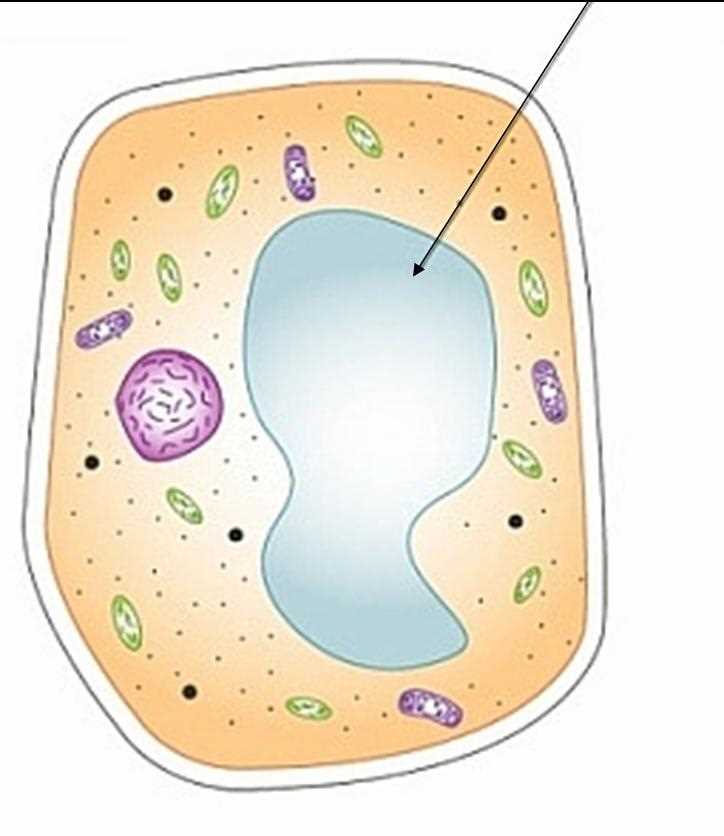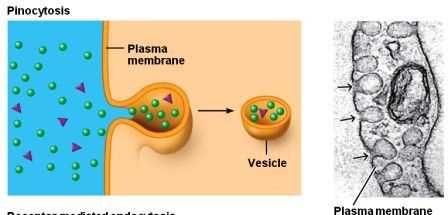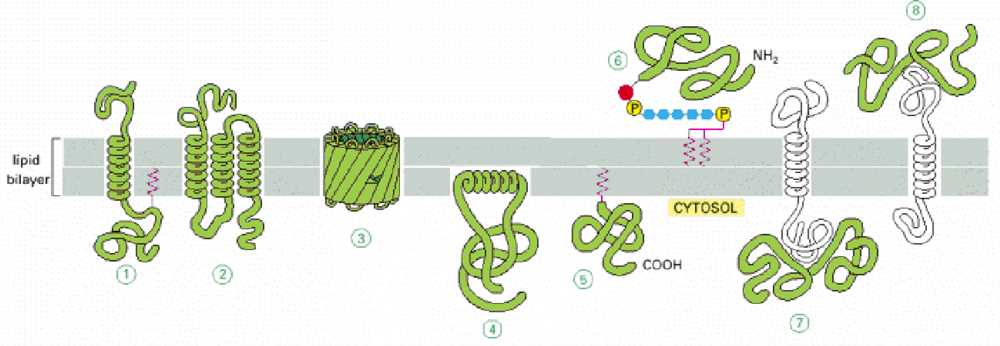
Cell biology, also known as cytology, is a field of science that focuses on the study of cells – the fundamental units of life. As an interdisciplinary branch of biology, it combines various techniques and principles from molecular biology, biochemistry, genetics, and microscopy to understand the structure, function, and behavior of cells.
Cell biology plays a critical role in advancing our knowledge of cellular processes and their significance in health and disease. An exam on this subject would typically cover a wide range of topics, including cell anatomy, cell metabolism, cell division, cell signaling, and cell reproduction. It requires students to have a deep understanding of cellular structures, their functions, and the underlying molecular mechanisms that govern cellular activities.
During the first exam, students can expect to encounter questions that assess their knowledge of cellular organelles, such as the nucleus, mitochondria, endoplasmic reticulum, Golgi apparatus, and lysosomes. They may also be tested on the cellular processes involved in energy production, such as glycolysis, the Krebs cycle, and oxidative phosphorylation, as well as the roles of various biomolecules, including proteins, lipids, carbohydrates, and nucleic acids.
In addition to factual knowledge, the exam may require students to apply their understanding of cell biology concepts to solve problems or analyze experimental data. This could involve interpreting microscopy images, predicting the outcome of cellular experiments, or explaining the consequences of perturbing specific cellular processes.
Importance of Cell Biology in Life Sciences
Cell biology is a fundamental field of study in life sciences that explores the structure, function, and behavior of cells. Cells are the building blocks of all living organisms, and understanding their biology is crucial to unraveling the complexities of life itself.
One of the key aspects of cell biology is its role in understanding the underlying mechanisms of diseases. By studying how cells function and interact, researchers can gain insights into the causes and progression of various diseases. This knowledge is essential for developing effective treatments and therapies to combat these diseases. For example, cell biology has played a critical role in the development of targeted cancer therapies by identifying specific molecular targets within cancer cells.
Cell biology also has practical applications in fields such as biotechnology and medicine. Through the study of cells, scientists are able to manipulate and engineer cellular processes for various purposes. This includes the production of pharmaceutical drugs, the development of genetically modified organisms, and the advancement of regenerative medicine. Cell biology provides the foundation for these advancements, allowing researchers to understand how cells function and how they can be manipulated for specific applications.
Furthermore, cell biology has implications beyond the realm of human health. It is instrumental in understanding the diversity and evolution of life on Earth. By studying cells from different organisms, scientists can gain insights into the commonalities and differences between species. This knowledge not only helps us understand our own place in the natural world but also has applications in fields such as agriculture, ecology, and conservation biology. For example, understanding the cellular mechanisms of plant growth can lead to more efficient crop production methods and sustainable agricultural practices.
Cell Structure and Function
The cell is the basic unit of life and is responsible for carrying out all the functions necessary for an organism to survive and thrive. It is made up of various structures and organelles, each with its specific function and purpose. Understanding the cell structure and function is essential for studying biology and unraveling the complex processes that occur within an organism.
Cell Membrane: The cell membrane is a thin, flexible barrier that surrounds the cell, separating its internal environment from the external environment. It is composed of a phospholipid bilayer with embedded proteins that regulate the passage of materials in and out of the cell. The cell membrane plays a crucial role in maintaining homeostasis and protecting the cell from its surroundings.
Cytoplasm: The cytoplasm is a gel-like substance that fills the cell and provides a medium for cellular processes to take place. It contains various organelles, such as the mitochondria, ribosomes, and endoplasmic reticulum, which are involved in energy production, protein synthesis, and lipid metabolism, respectively. The cytoplasm also contains dissolved nutrients, ions, and enzymes that are essential for cellular activities.
- Nucleus: The nucleus is the control center of the cell and contains the cell’s genetic material, DNA. It is surrounded by a double membrane called the nuclear envelope, which allows for the regulation of genetic information. The nucleus directs the synthesis of proteins and is responsible for cell growth, reproduction, and differentiation.
- Endoplasmic Reticulum: The endoplasmic reticulum is a network of membranous tubules and sacs that are involved in the synthesis, folding, and transport of proteins. It can be either rough, with ribosomes attached, or smooth, without ribosomes. The rough endoplasmic reticulum is responsible for the synthesis of proteins destined for secretion or insertion into the cell membrane.
- Golgi Apparatus: The Golgi apparatus is a stack of flattened, membranous sacs that modifies, sorts, and packages proteins for transport to their final destination. It is involved in the formation of lysosomes, which are vesicles that contain digestive enzymes for breaking down waste materials or foreign substances in the cell.
These are just a few examples of the structures and organelles found within a cell and their respective functions. Each cell type has its own unique set of organelles and specialized functions that allow it to carry out its specific role within an organism. By studying the cell structure and function, scientists can gain insight into the workings of life and develop new treatments for diseases.
Overview of Cell Structure

The cell is the basic structural and functional unit of all living organisms. Each cell is surrounded by a plasma membrane, which acts as a barrier between the cell and its environment. Within the cell, there are various organelles that carry out specific functions to support the cell’s survival and perform specific tasks.
One of the most important organelles in the cell is the nucleus, which contains the cell’s genetic material in the form of DNA. The DNA is organized into chromosomes and carries the instructions for the cell’s growth, development, and reproduction. The nucleus also controls the cell’s activities and regulates the expression of genes.
The cytoplasm is the jelly-like substance that fills the cell and surrounds the organelles. Within the cytoplasm, there are various organelles such as mitochondria, endoplasmic reticulum, Golgi apparatus, and lysosomes, which are involved in processes such as energy production, protein synthesis, and cellular waste disposal. These organelles work together to ensure the proper functioning of the cell.
In addition to organelles, cells also have a cytoskeleton, which provides structural support and helps maintain the cell’s shape. The cytoskeleton is made up of different types of filaments, including microtubules, microfilaments, and intermediate filaments. These filaments also play a role in cell division, cell movement, and the transport of materials within the cell.
In conclusion, the cell is a complex and highly organized structure consisting of various organelles and a cytoskeleton. Each organelle performs a specific function to support the cell’s survival and ensure its proper functioning. The study of cell structure is essential for understanding the basic processes of life and the development of treatments for various diseases.
Cell Organelles and their Functions
In eukaryotic cells, various organelles perform different specialized functions that are essential for the cell’s survival and proper function. These organelles are encapsulated structures within the cell that carry out specific tasks, allowing the cell to maintain its structure and carry out various metabolic activities.
Nucleus: The nucleus is often referred to as the control center of the cell. It houses the genetic material, DNA, which contains instructions for the synthesis of proteins and other cellular processes. The nucleus also plays a role in regulating gene expression and controlling cell division.
Endoplasmic Reticulum (ER): The endoplasmic reticulum is a complex network of membranous tubules and sacs that extends throughout the cytoplasm of the cell. It is involved in protein synthesis and folding, lipid metabolism, and the detoxification of harmful substances. There are two types of ER: rough ER, which is studded with ribosomes and involved in protein synthesis, and smooth ER, which lacks ribosomes and is involved in lipid synthesis and detoxification.
Golgi Apparatus: The Golgi apparatus is responsible for processing, modifying, and packaging proteins and lipids into vesicles for transport to their appropriate destinations within and outside the cell. It consists of flattened, membrane-bound sacs called cisternae.
Mitochondria: Mitochondria are often referred to as the powerhouses of the cell. They are responsible for generating energy in the form of ATP through the process of cellular respiration. Mitochondria have their own DNA and are capable of carrying out their own replication.
Lysosomes: Lysosomes are membrane-bound organelles that contain digestive enzymes. They are involved in breaking down waste materials, cellular debris, and foreign substances, thus helping to maintain cellular homeostasis.
Plasma Membrane: The plasma membrane is the outer boundary of the cell that separates the cytoplasm from the extracellular environment. It is selectively permeable, allowing certain substances to enter or leave the cell while preventing others from doing so. The plasma membrane also plays a role in cell signaling and communication with other cells.
Summary:
- The nucleus houses the genetic material (DNA) and controls gene expression.
- The endoplasmic reticulum is involved in protein and lipid synthesis, as well as detoxification.
- The Golgi apparatus processes, modifies, and packages proteins and lipids for transport.
- Mitochondria generate ATP through cellular respiration.
- Lysosomes contain digestive enzymes for breaking down waste materials.
- The plasma membrane separates the cytoplasm from the extracellular environment and regulates the entry and exit of substances.
Cell Membrane and Transport

The cell membrane is a vital component of all living cells. It acts as a barrier, separating the interior of the cell from the external environment and regulating the entry and exit of substances. The cell membrane is composed of a phospholipid bilayer, with embedded proteins and other molecules. It is selectively permeable, allowing the passage of certain molecules while restricting others.
Transport across the cell membrane occurs through various mechanisms. One of the primary modes of transport is passive diffusion, where molecules move from an area of high concentration to an area of low concentration. This process does not require any energy input from the cell. Another mechanism is facilitated diffusion, which involves the assistance of specialized proteins to move molecules across the membrane. Active transport, on the other hand, requires energy and transports molecules against their concentration gradient.
Integral membrane proteins play a crucial role in transport processes. They can form channels that allow specific molecules to pass through the cell membrane. These channels are highly specific and selective, ensuring that only certain molecules are allowed entry or exit. Some integral membrane proteins also act as carriers, binding to specific molecules and transporting them across the membrane. This process is often driven by energy from ATP.
Another important aspect of cell membrane and transport is endocytosis and exocytosis. In endocytosis, the cell membrane invaginates to form a vesicle that encapsulates extracellular material and brings it into the cell. Exocytosis is the reverse process, where a vesicle fuses with the cell membrane and releases its contents into the extracellular space. These processes are essential for the uptake and secretion of various substances by cells.
Overall, the cell membrane and its transport mechanisms are crucial for maintaining homeostasis and allowing cells to interact with their environment. By controlling the movement of substances in and out of the cell, the cell membrane ensures that the cell can regulate its internal environment and carry out its functions effectively.
Structure and Composition of Cell Membrane
The cell membrane is a vital component of all cells, serving as a barrier that separates the cell’s internal environment from the external environment. It consists of a phospholipid bilayer with embedded proteins and other molecules. The phospholipids form the basic structure of the membrane, with their hydrophilic heads facing outward towards the aqueous environments on both sides of the membrane, and their hydrophobic tails facing inward, creating a hydrophobic core.
In addition to phospholipids, the cell membrane also contains cholesterol molecules, which are interspersed within the phospholipid bilayer. Cholesterol helps to regulate the fluidity of the membrane, allowing it to maintain a stable structure despite changes in temperature. It also plays a role in the organization of membrane proteins, influencing their distribution and function within the membrane.
The cell membrane is studded with various proteins that perform crucial functions for the cell. Integral proteins are embedded within the phospholipid bilayer, with portions extending into both the extracellular and intracellular environments. These proteins play roles in cell signaling, transport of molecules across the membrane, and structural support.
- Transport proteins facilitate the movement of ions and molecules across the membrane, either by passive diffusion or active transport.
- Receptor proteins bind specific molecules or ligands, triggering signaling pathways within the cell.
- Enzymes are proteins that catalyze specific chemical reactions within the membrane.
- Cell adhesion proteins help cells adhere to each other and to the extracellular matrix.
There are also peripheral proteins associated with the membrane, which are not embedded within the phospholipid bilayer but are instead attached to the surface. These proteins often function as enzymes or play a role in cell signaling.
In summary, the cell membrane is composed of a phospholipid bilayer with embedded proteins and other molecules. It serves as a selective barrier, regulating the movement of substances in and out of the cell, and plays a crucial role in cell signaling and communication.